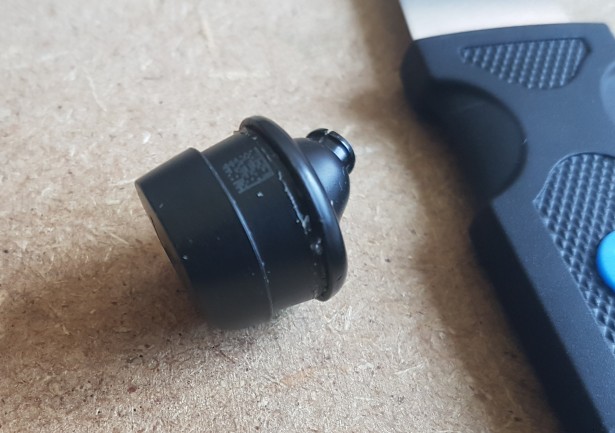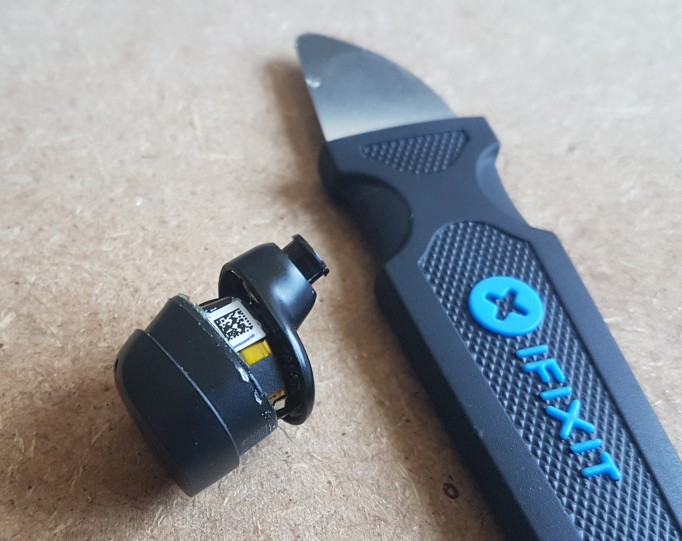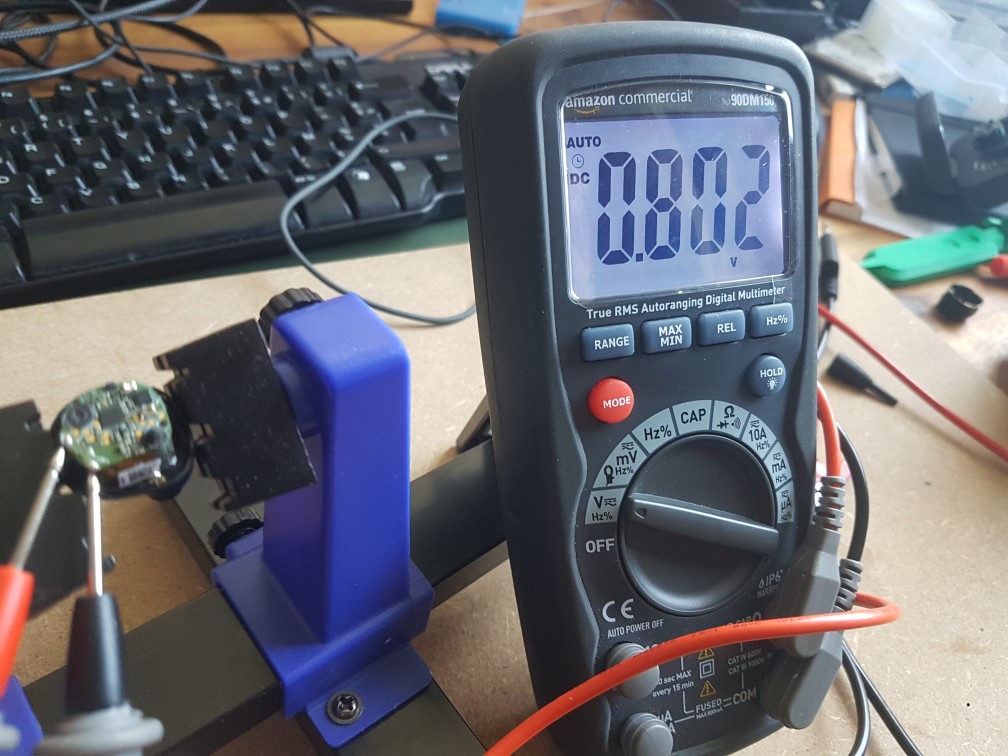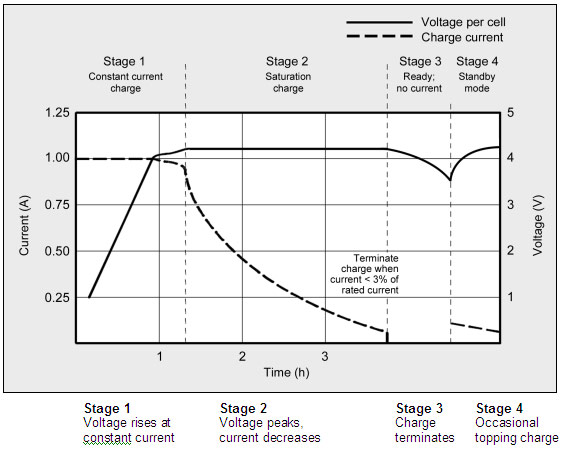In this article, we’ll see how I revived Bluetooth earbuds from a low-voltage battery condition that rendered them unusable.
Initial conditions
A while ago I started looking into Bluetooth earbuds. It was more out of necessity than anything, due to the recent industry trend of removing perfectly useful jack headphone ports from devices — see below for my thoughts on the whole thing.
Looking at the second-hand market, I happened to find an offer for interesting model but selling them for parts as they appeared dead and refused to charge. Looking around, it looked possible to open them up and force a charge to the battery to revive it. They were cheap enough to justify the risk, so I went for it. The model in question is Seinnheiser’s Momentum True Wireless 3.
Opening them up was surprisingly easy — just heat them up with a hair dryer and cut through the glue.

Then gently pry them open, the cover comes off easily revealing the electronics and the tightly packaged battery.

And as expected, the battery shows a very very low voltage.

In this condition, the earbud can’t even power up enough to accept a charge, and so they are dead, ready to live the rest of their long, long after-life in a pretty landfill.
Manual charging
Thankfully, now that we have direct access to the battery, we can attempt a manual charge and see if it revives the earbuds. Because of the deep discharge, it’s possible the battery has suffered heavy damage, so it’s a bit of a gamble here.
The charging profile of a lithium-ion is a classic CC-CV profile:
- First, charge with a Constant Current, and let the voltage ramp up to its target value.
- Then, limit the voltage, and let the current drop to a low threshold, at which point the charging is over.
It looks like this:

It’s easy to emulate with a bench power supply: set a limit to both voltage & current, and connect it. You can also use straight batteries, as they will probably limit the current to a safe-ish value for the small duration.

Note that I should have set a voltage limit to something closer to 4.2V instead of 3.7V. Not that it matters too much in my case, because I’m not going for a full charge: I only want to revive them so that the case can detect the earbuds and take over. For this reason I limited the current to 300 mA to ensure the kick start stays gentle.
With this set up, connect the battery to the power supply for about 30 seconds to a minute, put the earbud back into its case, and voilà!
Results
I’ve been using this pair for about 2 weeks now, and they work like a charm. They last about 75% of their advertised duration on a single charge, which is good enough for 30 €.
Old man yell at cloud
What did I learn in the end?
Well, I don’t deny that I enjoy having cable-less earphones, they’re great and very comfortable in many situations. But I just love love love the idea that with almost only Bluetooth at my disposal, now I get to worry about price, battery life, codec compatibility and latency! Because, yeah, most of these things have like a 250-ms latency (compensated for media, not so much for anything real-time), which is roughly the time it takes to ping the other end of the planet. The experience of satellite phones, right in your pocket!
But the best thing of all is that most of these aren’t repairable at all and that you can’t even change the battery, because those landfills aren’t gonna fill themselves!

Note that some manufacturers do manage to keep theirs earphones at least semi-repairable — Fairphone’s are, of course, but apparently so are Samsung’s including their latest models… relatively speaking for their tiny tiny size of course.
Or, you know, I could buy yet-another adapter to replace the once-ubiquitous port that was everywhere and made plugging stuff so simple. And that gives me the option to choose which DAC is the best! Don’t we love having non-choices forced down our throats?
Anyway, hurray for stuff you can at least minimally maintain.